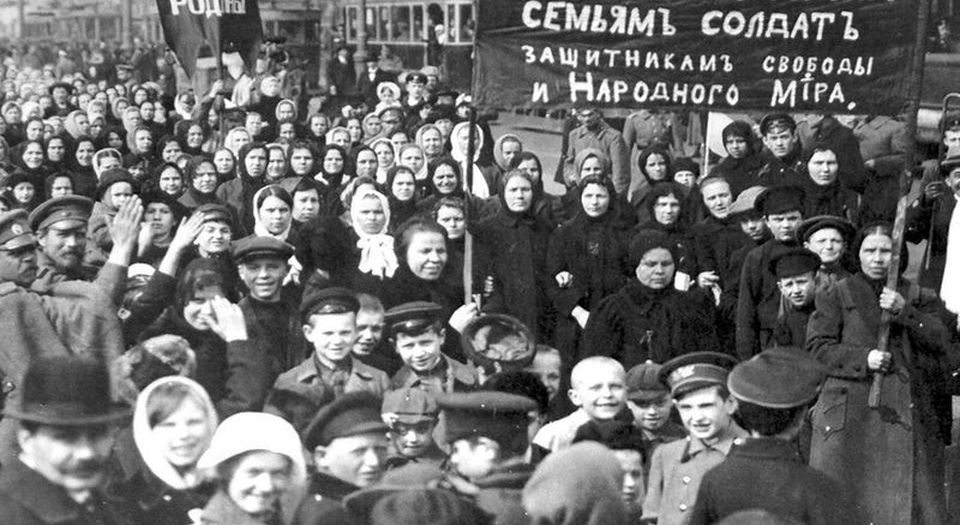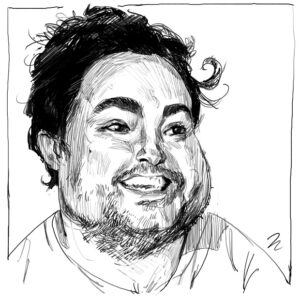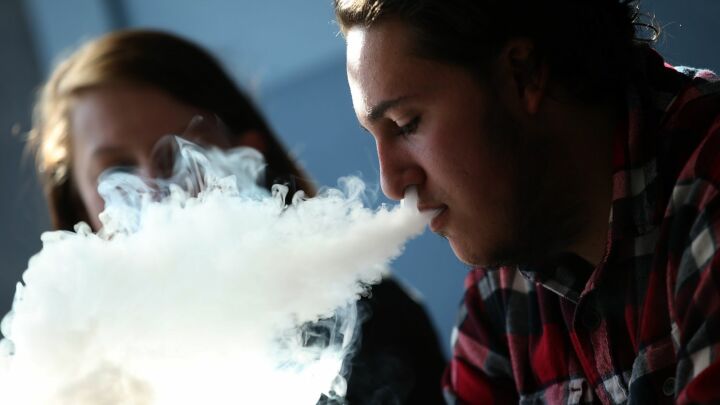In defence of the Russian Revolution
A new film busts the mythmaking of anti-revolution historians.

In the centenary year of the Russian Revolution, there is little acknowledgement of this seminal event of the 20th century. And, for the most part, even the few books, TV specials, articles and exhibitions that do acknowledge it are rife with misunderstanding and mythmaking.
Some of the most absurd claims about the revolution made in recent books and broadcast specials are clearly products of our time, such as the suggestions in BBC 2’s Countdown to Revolution that Lenin’s politics were a product of childhood trauma and that he was the godfather of today’s alleged ‘fake news’ epidemic.
But other, more longstanding myths about October 1917 loom large in the public imagination. WORLDwrite’s latest documentary, 1917: Why the Russian Revolution Matters, aims to do justice to this great experiment in social change. These are six of the myths busted in the film.
1) The revolution was violent
Thanks to what Trotsky called a ‘happy combination of circumstances’, when the Red Guards stormed the Winter Palace in October 1917, the seizure of power was remarkably non-violent. This was due to the discipline of the Bolsheviks, the popular support they enjoyed, and a widespread unwillingness to defend the Provisional Government. Where over a thousand died in the February revolution, during the overthrow of the Tsar, only two died in October. In fact, more people died by accident during the filming of Sergei Eisenstein’s October – a highly dramatised reconstruction of the revolution – than in the revolution itself.
2) The Red Terror was the worst thing
Much of the violence that people associate with the revolution occurred during the civil war in the years that followed. After wrapping up the First World War, the Allied armies joined the counter-revolutionary Whites in an attempt to crush Bolshevism. Although the Red Terror looms large in the popular imagination, the White Terror was infinitely more sinister and violent. Whites like the Baron von Ungern, who vowed to exterminate the Jews, marching under the banner of the swastika decades before Hitler did, carved out the hearts of their captors. His example illustrates the depravity of the forces which coalesced to prevent workers’ rule.
3) Bolshevik conspirators seized power in a coup d’état
Anyone who had the misfortune to catch Countdown to Revolution would be left with the impression that Lenin and Trotsky conspired behind closed doors to orchestrate a coup d’état. The truth is that the Bolsheviks had popular support on their side. Hundreds of thousands of workers, soldiers and sailors joined the Bolsheviks between February and October 1917. The Bolsheviks had deep roots in the working class, leading the working class and responding to it. They were able to take power with ease when storming the Winter Palace because they had already won over the public.
4) The October Revolution was ‘mob rule’ writ large
When they tire of calling the revolution a coup by a small group of conspirators, critics say it was ‘mob rule’. For instance, Orlando Figes’ A People’s Tragedy paints a picture of a mindless mob, drunk on anger, rampaging through the streets of Petrograd. But the October Revolution was discussed and argued for at great length among a working class who were remarkably class-conscious and politically active. It was a mass movement made up not of a marauding mob, but of aspirant Russian citizens who were determined to transform their society for the better.
5) Lenin begets Stalin and Putin
There is a tendency among commentators to dismiss the Russian Revolution as merely a prelude to Stalin’s gulag, or even a precursor to Putin, an argument put forward in Victor Sebestyen’s Lenin the Dictator. But to project the spectre of Stalinist tyranny into the October revolution is to read history backwards as one long continuum of inevitable horrors. This ahistorical trend is more a product of our own misanthropy today and tells us little about the past. We tend to see attempts to change things as dangerous and destructive, as disasters-in-waiting. The rise of Stalinism was a consequence of the failure of the revolution, not of the revolution itself. To understand this failure, we have to recognise the isolation of Russia in this period, and also the ruinous impact of the civil war, desperate famine, and the intervention of numerous foreign armies.
6) The February revolution was enough
Had the October Revolution been stopped in its tracks, so the argument goes, Russia would have developed into a modern, liberal democracy. It is true that following the February revolution, the Provisional Government was one of the most liberal in Europe, introducing civil liberties that included press freedom and freedom of assembly. But the Provisional Government lacked any real base in Russian society, it was determined to continue with the mass slaughter of the First World War, and its reforms were not enough. Lenin, the Bolsheviks and their supporters understood the relationship between war and capitalism. They knew the only way to end misery and militarism was to overthrow the state, and for people to run society for themselves.
Fraser Myers is a producer at WORLDbytes.
1917: Why The Russian Revolution Matters will premiere at the Battle of Ideas festival in London on Saturday 28th October. Find out more here.
Watch the trailer:
To enquire about republishing spiked’s content, a right to reply or to request a correction, please contact the managing editor, Viv Regan.








Comments
Want to join the conversation?
Only spiked supporters and patrons, who donate regularly to us, can comment on our articles.